
Copernical Team
Experts Available to Discuss NASA Webb Telescope Science Results
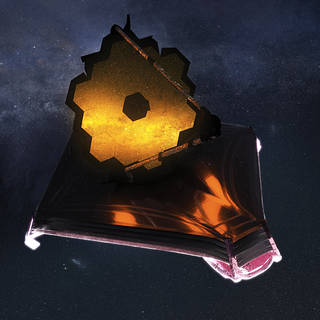 Experts from NASA and other institutions will be available by teleconference at 11 a.m. EST on Thursday, Nov. 17, to answer media questions about early science results from the agency’s James Webb Space Telescope.
Experts from NASA and other institutions will be available by teleconference at 11 a.m. EST on Thursday, Nov. 17, to answer media questions about early science results from the agency’s James Webb Space Telescope. It'll be tough to stop an asteroid at the last minute, but not impossible, study claims
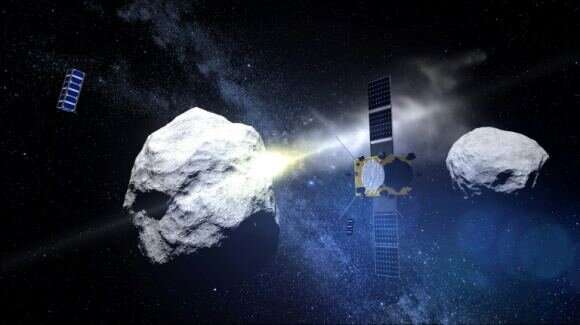
On September 26, 2022, NASA's Double-Asteroid Redirect Test (DART) made history when it rendezvoused with the asteroid Didymos and impacted with its moonlet, Dimorphos. The purpose was to test the kinetic impact method, a means of defense against potentially-hazardous asteroids (PHAs) where a spacecraft collides with them to alter their trajectory. Based on follow-up observations, the test succeeded since DART managed to shorten Dimorphos' orbit by 22 minutes. The impact also caused the moonlet to grow a visible tail.
However, as Hollywood loves to remind us, there are scenarios where a planet-killing asteroid gets very close to Earth before we could do anything to stop it.
EXPLAINER: NASA's new mega moon rocket, Orion crew capsule
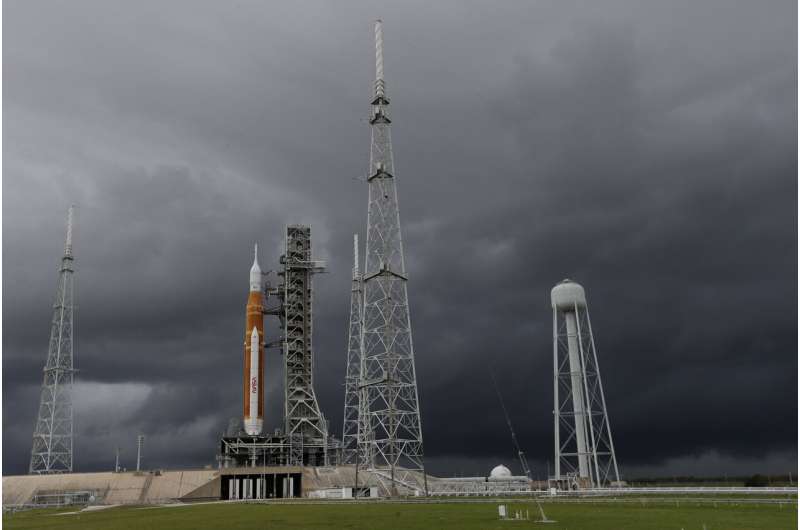
NASA is kicking off its new moon program with a test flight of a brand-new rocket and capsule.
Liftoff was slated for early Wednesday morning from Kennedy Space Center in Florida. The test flight aims to send an empty crew capsule into a far-flung lunar orbit, 50 years after NASA's famed Apollo moonshots.
The project is years late and billions over budget. The price tag for the test flight: more than $4 billion.
A rundown of the new rocket and capsule, part of NASA's Artemis program, named after Apollo's mythological twin sister:
Researchers ready for a new space mission to shed light on Brazil's vexing GPS problem
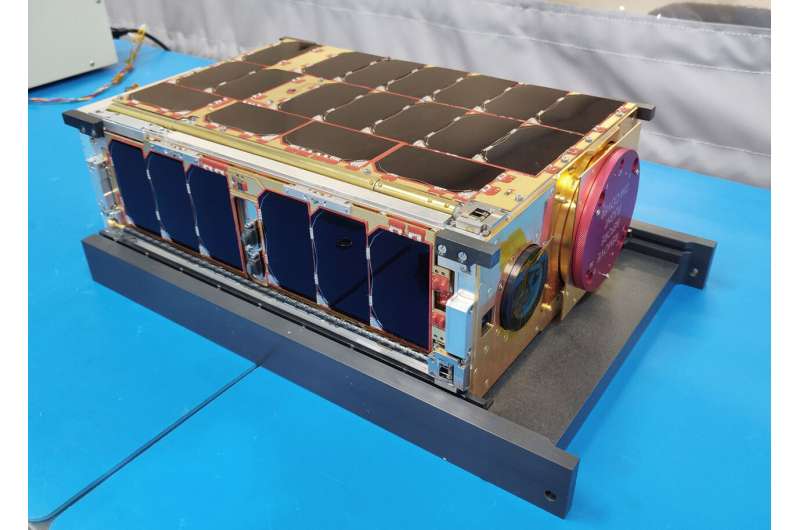
In certain regions of Brazil, don't be surprised if your GPS device behaves erratically. For years, researchers have been scratching their heads, looking for a solution to the unreliable GPS signals in regions near the Amazon. The cause? Plasma bubbles in space.
Next week, NASA will launch a joint U.S.-Brazil satellite that will be deployed from the International Space Station, with scientific instruments developed by Utah State University (USU) and collaborators. The goal of the mission is to investigate plasma bubbles that form high in the ionosphere over the equator.
Charles Swenson, a professor of electrical and computer engineering at USU, has worked with Brazil's Instituto Tecnológico de Aeronáutica for years, developing the satellite and researching answers to why this area of the globe is so highly affected by the space weather phenomenon.
How NASA's Deep Space Network supports the agency's missions
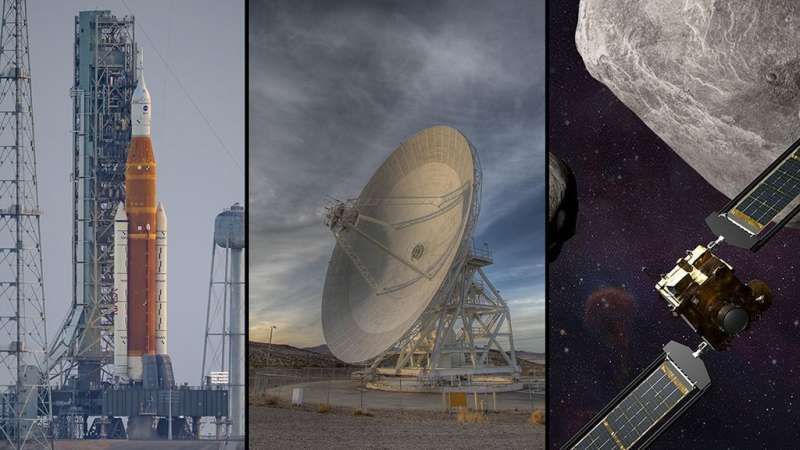
Over 50 years ago, NASA captured the world's imagination and inspired generations with the Apollo 11 moon landing. NASA's then-young Deep Space Network (DSN) was crucial to tracking and communicating with that mission, as it will also be essential to NASA's next push to the moon: Artemis.
Martian dust storms churn up Earth-like clouds
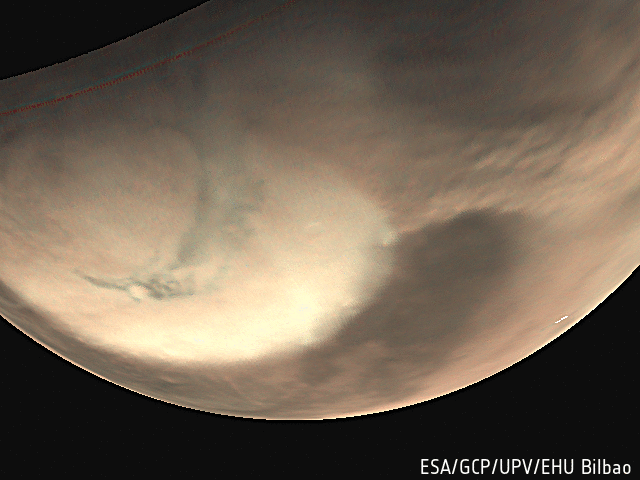
ESA’s Mars Express has revealed that Mars churns up surprisingly Earth-like cloud patterns that are reminiscent of those in our planet’s tropical regions.
To orbit and back with Space Rider
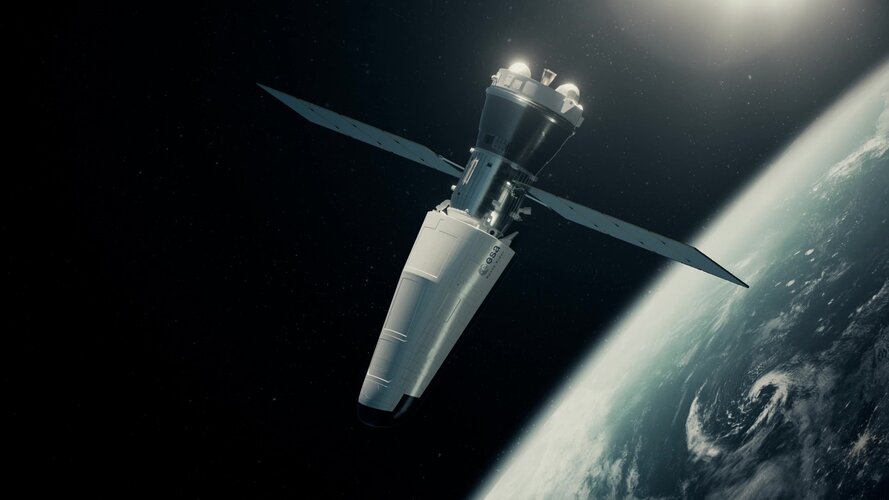
Europe’s bid to deliver a return-to-Earth service for in-orbit transportation and research projects is rapidly taking shape, with teams working on the Space Rider spacecraft gearing up for a series of drop tests in 2023. Drop tests with small-scale models will be followed by a full-scale test in anticipation of inaugural flight towards the end of 2024.
GO for Artemis I
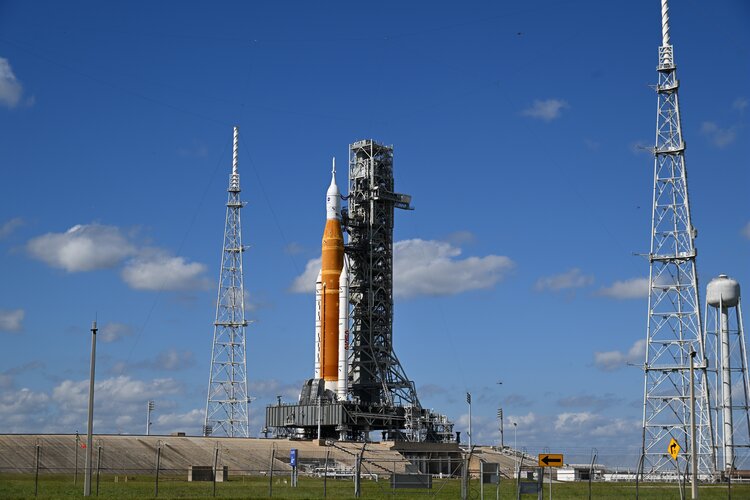 Image:
Image:
‘Twas the day before launch and all across the globe, people await liftoff for Artemis I with hope.
NASA’s Space Launch System (SLS) rocket and the Orion spacecraft with its European Service Module, is seen here on Launch Pad 39B at NASA's Kennedy Space Center in Florida, USA, on 12 November.
After much anticipation, NASA launch authorities have given the GO for the first opportunity for launch: tomorrow, 16 November with a two-hour launch window starting at 07:04 CET (06:04 GMT, 1:04 local time).
Artemis I is the first mission in a large programme to send astronauts around and on the Moon
ESA Technology Strategy for Europe’s future in space
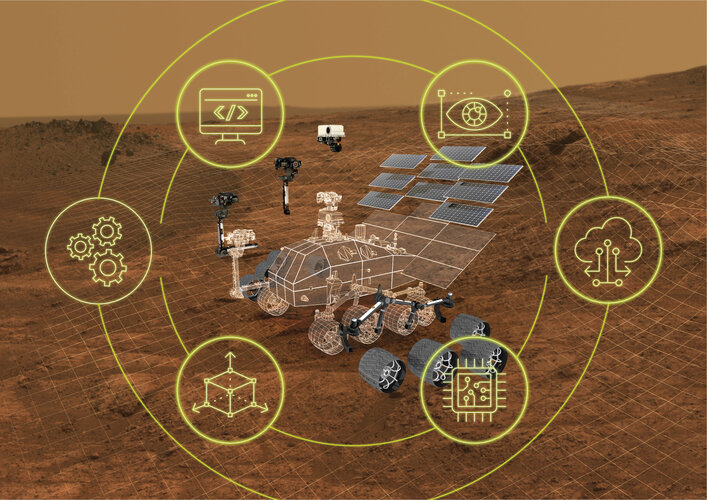
ESA Director General Josef Aschbacher’s Agenda 2025 has set the future course of Europe in space, building on the Agency’s Technology Strategy which details how our continent is developing the essential technology to get it where it is going. Reflecting four years of progress since it was first unveiled and the new guidance from Agenda 2025, ESA has now updated the Technology Strategy accordingly. It has been released in time for the Agency’s Council at Ministerial Level in Paris on 22 – 23 November, demonstrating the fundamental role of technology across all ESA missions and programmes.
NASA's moon rocket on track for Wednesday launch attempt
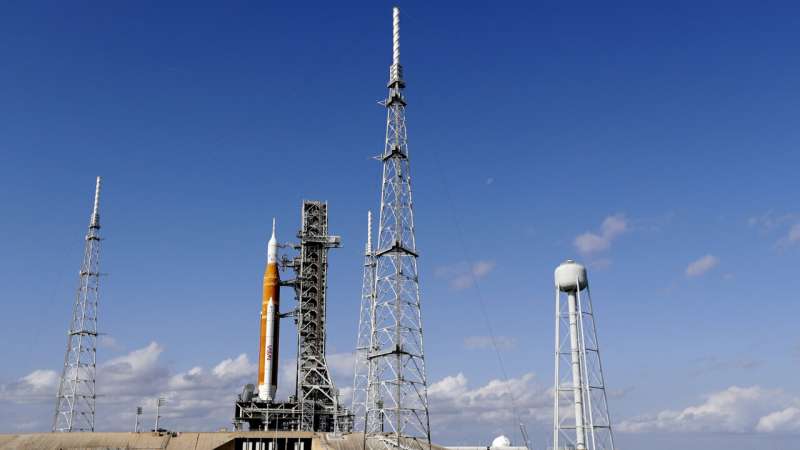
NASA started the countdown Monday for this week's planned liftoff of its new moon rocket, although hurricane damage could cause yet another delay for the test flight.
Hurricane Nicole's high winds caused a 10-foot (3-meter) section of caulking to peel away near the crew capsule at the top of the rocket last Thursday. Mission managers want to make sure the narrow strip won't damage the rocket if it breaks off during liftoff.

